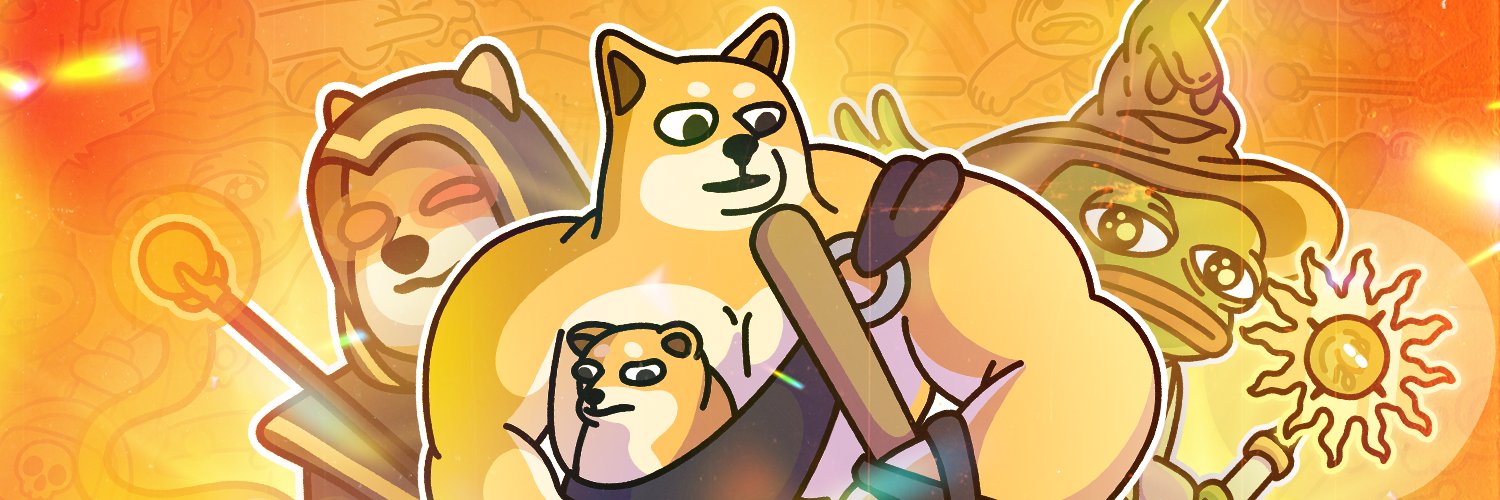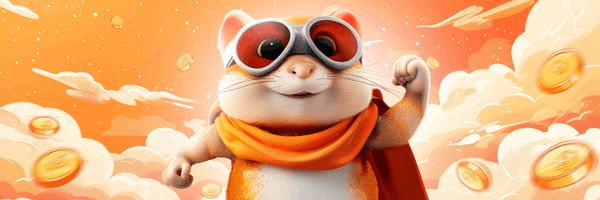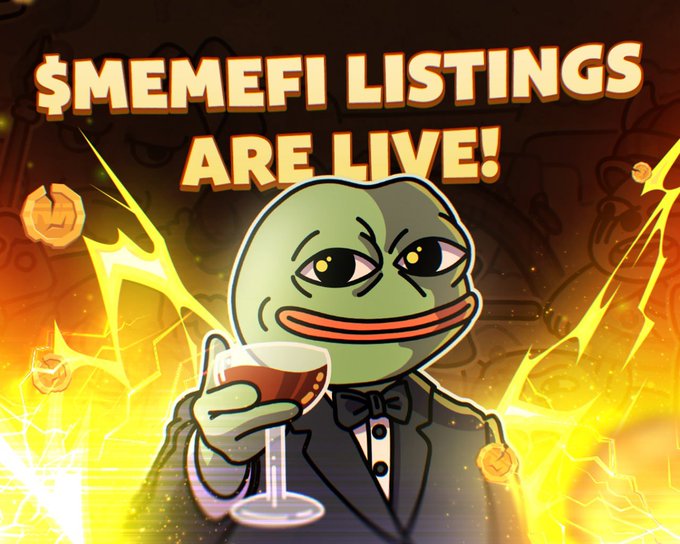What is MemeFi Ecosystem: Understanding the Tap-to-Earn Gaming
MemeFi represents a unique intersection of meme culture, gaming, and decentralized finance. The project operates as a Web3 gaming platform built on the Sui blockchain. Users access it through a Telegram mini-app, making it incredibly easy to start playing without downloading separate applications.
The platform has grown to over 55 million users since its inception. This massive user base stems from its simple premise: players tap their screens to earn cryptocurrency rewards while participating in battles and clan activities. The game transforms the typical mobile gaming experience by adding real financial incentives through blockchain technology.
Unlike traditional meme coins that rely purely on speculation, MemeFi ties its value to an actual gaming ecosystem. The platform generates revenue through its integrated advertising network and shares this revenue with token holders. This creates a more sustainable economic model compared to projects that depend solely on hype cycles.
Review MEMEFI Price on LBank
MEMEFI() Price
The current price of
MemeFi Founders and Development Team
The founding team behind MemeFi maintains a relatively low public profile. They are collectively as "visionary creators" focused on community-driven principles. Their philosophy centers on decentralization and user empowerment, which shows in the platform's design choices.
The team's commitment appears in their token distribution model. They allocated 90% of the total token supply to the community through various mechanisms. This approach differs significantly from many crypto projects where founders and early investors control large portions of tokens. The team's own allocation is just 10% with an 18-month vesting period and a 12-month cliff.
However, recent reports indicate the team has been inactive since May 2025. This creates uncertainty about the project's ongoing development and maintenance. The contrast between the August 2025 app launch and the reported team inactivity raises questions about who currently manages the platform's operations.
How MemeFi Gameplay Works
The core gameplay revolves around tapping mechanics similar to popular idle games. Players tap their screens to damage bosses and earn in-game currency. The simplicity makes it accessible to users who might not typically engage with complex gaming or crypto platforms.
Boss fights form the central activity. Players encounter various bosses throughout the game world called "Vice City." Each successful attack depletes the boss's health and rewards players with coins. The damage dealt depends on the player's power level and any active boosters.
Clan mechanics add a social layer to the gameplay. Players join "meme clans" to collaborate in battles against powerful bosses. Performance in clan activities determines leadership positions. The top performers become "Memelords" who can modify clan rules and initiate raids against rival clans. This creates a competitive hierarchy that keeps players engaged beyond individual gameplay.
The booster system allows players to enhance their capabilities. Free "Turbo" boosts provide temporary damage increases during critical moments. Paid boosters offer permanent upgrades to damage output and energy regeneration speed. This freemium model generates revenue while keeping the game accessible to non-paying users.

Image by: @memeficlub
MemeFi Tokenomics and Distribution
MemeFi uses a multi-token system to power its ecosystem. Each token serves specific functions within the platform:
MEMEFI Token (Primary Token)
- Total supply: 10 billion tokens
- Main utility: governance, character purchases, trading fees, ad network discounts
- Community allocation: 90% of total supply
- Team allocation: 10% with strict vesting schedules
Token Distribution Breakdown:
- In-game economy: 26%
- MemeFi treasury: 19%
- Community development: 12%
- Team allocation: 10%
- User and contributor incentives: 8%
Secondary Tokens:
- PWR Token: Measures character strength and powers attacks. Designed for price stability
- TOYBOX Token: ERC-404 token representing playable characters as liquid GameFi assets
The revenue-sharing model sets MemeFi apart from typical gaming tokens. Users can stake or burn MEMEFI tokens to earn derivatives tied to platform revenue. This mechanism resembles Curve Finance's veCRV model but applies it to gaming revenue instead of DeFi yields.
Platform Migration to Sui Blockchain
November 2024 marked a pivotal moment when MemeFi migrated from Ethereum's Linea L2 to the Sui blockchain (SUI). This technical decision addressed several critical issues facing the platform's growth.
The migration reduced gas fees by approximately 90%. Lower transaction costs matter enormously for a tap-to-earn game where users make frequent small transactions. High fees on Ethereum-based networks would have made the economic model unsustainable for most players. Sui's architecture also enables faster transaction processing, essential for real-time gaming experiences.
The transition required significant technical work. Developers rewrote all smart contracts in Sui's Move programming language. This wasn't just a simple port but a complete reimplementation of the platform's core infrastructure. The successful migration demonstrates the team's technical capabilities, though questions remain about ongoing maintenance given reports of team inactivity.
MemeFi Development Timeline and Roadmap
Foundation Phase
Token launch completed. Staking and burning mechanics implemented. ML-powered advertising network launched. Migration to Sui blockchain executed.
Expansion Phase
Multichain support development. Memecoin battle platform creation. Telegram-based prediction markets. NFT and merchandise expansion.
Mini App 2.0 Launch
Revamped Telegram mini-app released. Interconnected gaming mechanics introduced. Unified in-app economy implemented. Enhanced reward systems deployed.
Mass Adoption Phase (Planned)
Standalone iOS app development. Android app release. Real-world memecoin initiatives. Global marketing campaigns.
The roadmap shows ambitious plans. Yet the reported team inactivity since May 2025 casts doubt on whether these goals will materialize. The Mini App 2.0 launch happened despite this inactivity, suggesting either automated systems or undisclosed team members maintain operations.
MemeFi vs Hamster Kombat: Comparing Telegram Gaming Giants
Both MemeFi and Hamster Kombat (HMSTR) dominate the Telegram gaming space, but they take different approaches to the tap-to-earn model. Understanding their differences helps players choose which platform suits their preferences.
Hamster Kombat focuses on a simpler concept where players manage a virtual crypto exchange. Players tap on digital hamsters to mine HMSTR coins. The game rewards consistency through daily combos that can win up to 5 million coins. Special missions and YouTube subscriptions provide additional earning opportunities. The simplicity makes Hamster Kombat extremely accessible to newcomers who might find MemeFi's clan systems and multiple tokens confusing.

Image by: @hamster_kombat
MemeFi offers more complex gameplay with its boss battles and clan warfare systems. While Hamster Kombat centers on individual progression, MemeFi emphasizes social interaction through clan raids and collaborative boss fights. This creates deeper engagement but requires more time investment. Players seeking quick, casual gameplay might prefer Hamster Kombat's straightforward tapping mechanics.
The economic models differ significantly between the platforms. Hamster Kombat operates on The Open Network (TON) blockchain and plans a Token Generation Event to convert in-game coins to tradeable tokens. MemeFi already has its MEMEFI token trading on exchanges with a $15.2 million market cap. This gives MemeFi players immediate liquidity but also exposes them to market volatility. Hamster Kombat players currently accumulate coins without price fluctuations affecting their holdings.
Revenue generation separates these projects further. MemeFi built an advertising network that shares revenue with token holders through staking mechanisms. Hamster Kombat hasn't announced similar revenue-sharing features. This makes MemeFi potentially more sustainable long-term, though Hamster Kombat's simpler model might attract more users initially.
Both games face similar challenges around team transparency and long-term sustainability. Yet their different approaches appeal to distinct user segments. Casual players gravitate toward Hamster Kombat's simplicity. Users seeking deeper gameplay and immediate token trading prefer MemeFi's ecosystem.
MEMEFI Price Analysis and Market Performance
MEMEFI shows extreme volatility typical of low-cap gaming tokens. The token’s all-time high was $0.01127 on November 22, 2024, after the Sui migration announcement. Now the market cap is about $13.2-$15.3 million, down from ~$54 million in late 2024. That’s roughly a 70-75% decline despite the user base staying fairly stable. This gap suggests token value moves are driven more by trader sentiment than by platform fundamentals.
Daily trading volume is now in the $6-$8 million range, with turnover ratios high as well. It means rapid buying and selling dominate over long-term holding. During August 2025, the major exchange listings caused a ~120% spike in price. But gains evaporated fast as traders took profits.
The broader crypto market influences MEMEFI significantly. When Bitcoin's dominance stabilizes around 57%, capital flows into smaller tokens like MEMEFI. The CMC Altcoin Season Index reading of 77 indicates favorable conditions for speculative tokens. However, this also means MEMEFI suffers disproportionately during market downturns.
MEMEFI Price Prediction
MEMEFI trades with high volatility, and this pattern will likely continue into 2026. The bullish case depends on strong adoption of its Telegram game, deeper liquidity, and steady growth on Sui. If these drivers succeed, the token could retest its past highs, trading in the $0.008 to $0.012 range.
A more realistic base case suggests MEMEFI may remain range-bound. With stable user numbers and modest product updates, price could hold between $0.004 and $0.007. This outcome reflects a market that treats MEMEFI as a short-term trading asset rather than a long-term hold, keeping activity active but limited.
The bearish case cannot be ignored. If user churn grows, liquidity thins, or token unlocks exceed demand, MEMEFI could fall back toward $0.0015 to $0.003. Macro conditions and regulation also add risk. Investors should watch adoption metrics, token sinks, and liquidity depth as key signals for where the project heads next year.

Image by: @memeficlub
Advertising Network and Revenue Model
The integrated advertising network represents MemeFi's primary revenue generation mechanism. This system uses machine learning to match ads with relevant users based on their gaming behavior and preferences.
MEMEFI token holders receive discounts when purchasing advertising space. This creates demand for the token beyond speculation and gaming activities. Advertisers can target the platform's 55 million users, making it attractive for crypto projects seeking engaged audiences. The revenue generated flows back to token holders through the staking and burning mechanisms.
The advertising model addresses a common problem in crypto gaming: sustainability. Many play-to-earn games collapse when token emissions exceed revenue generation. MemeFi's ad network provides external capital inflow that doesn't depend on new user growth or token price appreciation. This creates a more balanced economic ecosystem.
Risks and Challenges Facing MemeFi
Team inactivity represents the most immediate concern. No public updates from the founding team since May 2025 create uncertainty about the project's direction. While the platform continues operating, lack of active development could lead to stagnation as competitors innovate.
The token's speculative nature poses another risk. Despite having 55 million users, MEMEFI's price depends primarily on trader sentiment rather than platform usage. This disconnect makes the token vulnerable to manipulation and sudden crashes that could damage user confidence. Low liquidity amplifies these risks, as large trades can cause dramatic price swings.
Regulatory uncertainty surrounds tap-to-earn gaming models. Some jurisdictions might classify these games as gambling or unregistered securities. MemeFi's revenue-sharing mechanism particularly attracts regulatory scrutiny since it resembles dividend payments. Future regulations could force significant changes to the platform's operations or token economics.
Competition intensifies as more projects enter the Telegram gaming space. Established players like Hamster Kombat and newer entrants compete for the same user base. MemeFi must continuously innovate to retain users who can easily switch between different mini-apps. The reported team inactivity makes competing effectively increasingly difficult.
Future Outlook for MemeFi Ecosystem
MemeFi stands at a crossroads between its ambitious vision and current reality. The platform successfully built a massive user base and created engaging gameplay mechanics. The Sui blockchain migration solved technical limitations that could have hindered growth. The advertising network provides a sustainable revenue model rare in crypto gaming.
Yet fundamental questions remain unanswered. Who maintains the platform if the founding team is inactive? Can the token price ever reflect the platform's actual usage? Will regulatory clarity arrive before potential enforcement actions? These uncertainties make MemeFi a high-risk, high-reward proposition for both players and investors.
The project's success ultimately depends on resolving the disconnect between platform development and token value. If MemeFi can demonstrate consistent revenue growth and active development, it could become a leading Web3 gaming platform. Without addressing team concerns and reducing speculative volatility, it risks joining the long list of promising crypto gaming projects that failed to achieve their potential.

